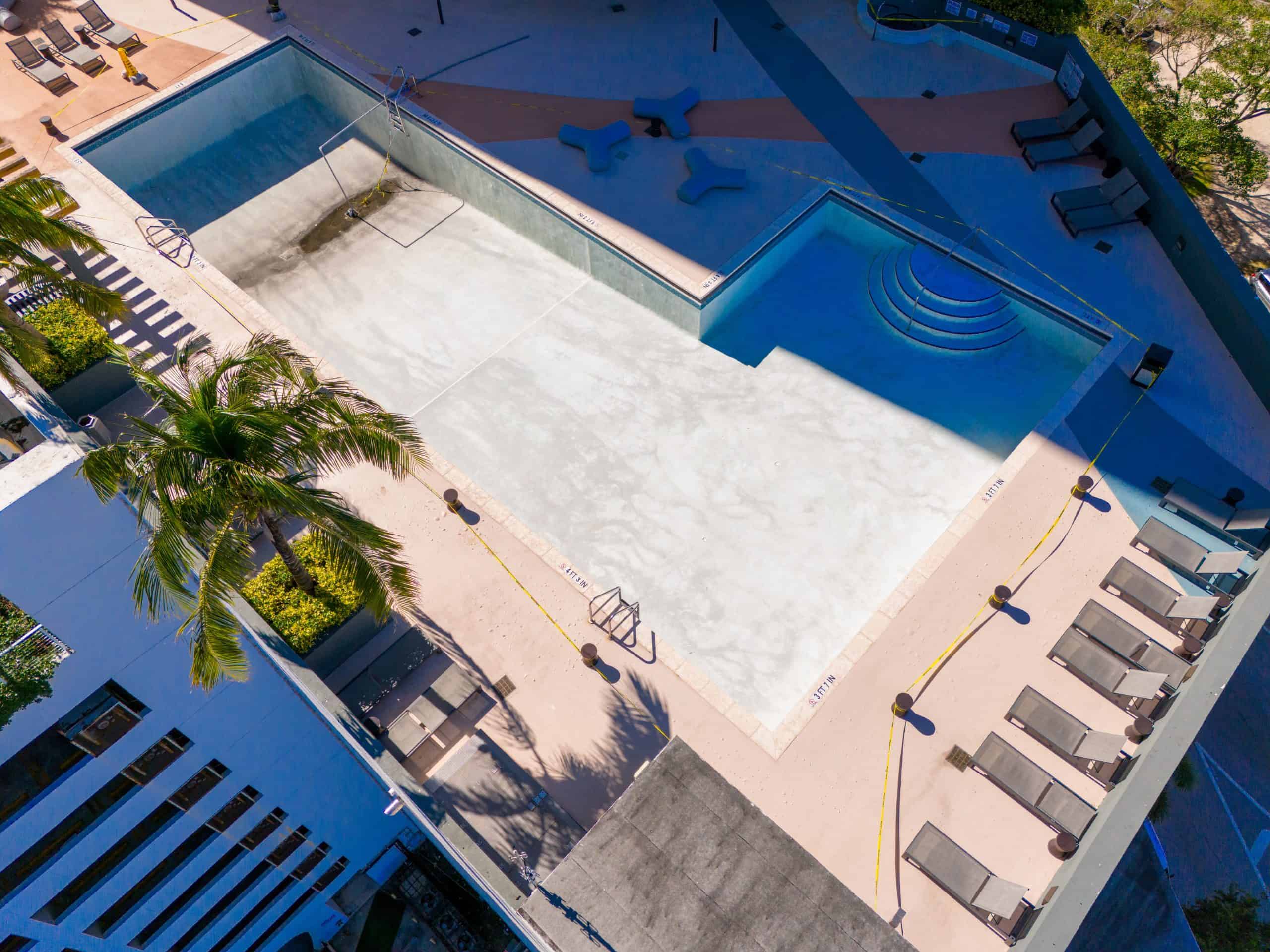Pool resurfacing costs vary based on surface area, chosen materials, and your pool’s underlying condition. Basic plaster resurfacing for an average-sized pool typically starts around $4,000-6,000, while pebble finishes range $7,000-12,000, and tile projects can exceed $15,000. The investment depends on which finish you choose and any additional work needed like tile replacement or coping repairs. We provide detailed written estimates that break down all costs upfront, so you know exactly what you’re paying for. Remember that quality resurfacing is an investment in your property value and family enjoyment. A properly done resurface job will last many years and save you money compared to repeated patch repairs.




